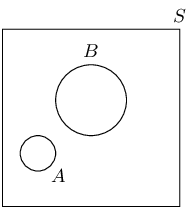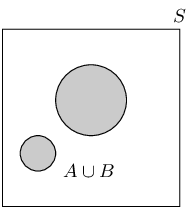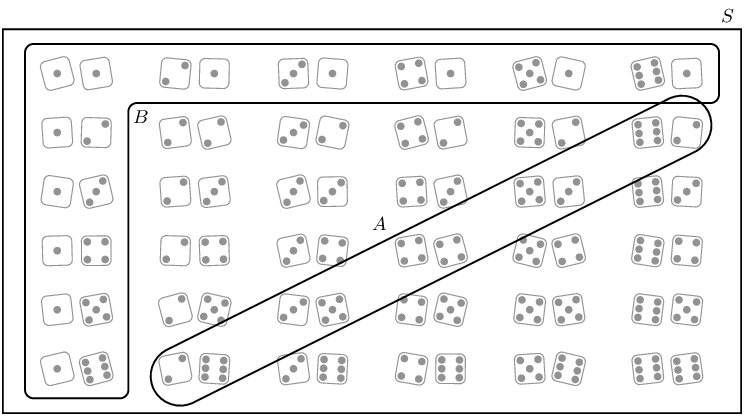A fridge contains orange juice, apple juice and grape juice. A cooldrink is chosen at random
from the fridge. Event A: the cooldrink is orange juice. Event B: the cooldrink is apple
juice.
We are choosing just one cooldrink from the fridge. This cooldrink cannot be both an orange
juice and an apple juice. Therefore these two events are mutually exclusive.
A packet of cupcakes contains chocolate cupcakes, vanilla cupcakes and red velvet cupcakes. A
cupcake is chosen at random from the packet. Event A: the cupcake is red velvet. Event B:
the cupcake is vanilla.
We are choosing just one cupcake from the packet. This cupcake cannot be both a red velvet
cupcake and a vanilla one. Therefore these two events are mutually exclusive.
A card is chosen at random from a deck of cards. Event A: the card is a red card. Event B:
the card is a picture card.
We are choosing just one card from the deck. This card can be both a red card and a picture
card. Therefore these two events are not mutually exclusive.
A cricket team plays a game. Event A: they win the game. Event B: they lose the game.
The cricket team can either win the game or lose the game. They cannot simultaneously win and
lose the game. Therefore these two events are mutually exclusive.
Note that a tie game does not count as either a win or a loss. In a tie neither team can be
said to have won the match.





